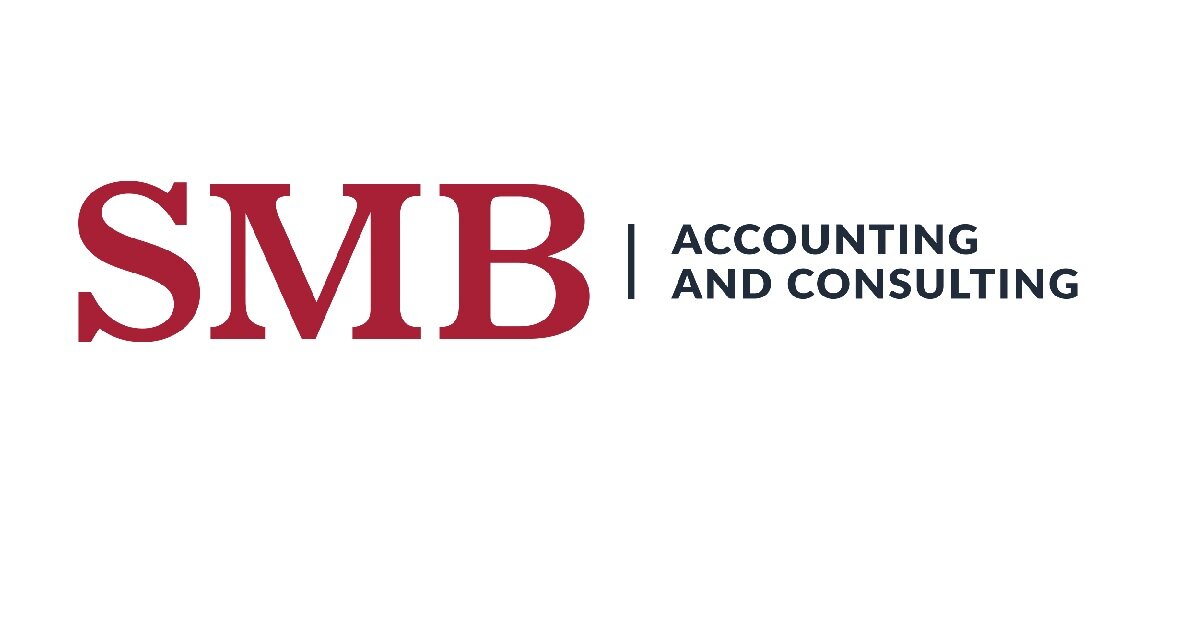Small Business Purchasing Best Practices
Purchasing is an important function for any size business, whether large or small, because it has a direct impact on costcontrol, efficient operations, quality, and vendor relationships. Failure to follow best practices when purchasing goods and services can expose a small business to compliance violations, cash flow problems and missed savings opportunities.
Best practices that a small business should follow when purchasing goods and services include:
• Create a purchasing policy. Develop procurement procedures, spending limits and approval processes and document them in a purchasing policy. Clearly communicate this policy to all employees involved in purchasing, to ensure everyone adheres to the same guidelines.
• Implement purchase orders. Establish a formal purchase order process to document all purchasing transactions, requiring authorization by designated personnel before purchases are made. The use of purchase orders will help manage inventory, track expenditures, and ensure accountability. If possible, consider using purchasing software technology or tools to streamline procurement processes.
• Thoroughly evaluate vendors. While price is an important factor when selecting a vendor, other factors to consider include reliability, quality, and reputation. Vendor performance should be monitored on a continuous basis to ensure they continue to meet expectations.
• Communicate quality requirements. Establish and clearly communicate quality standards and specifications to vendors, to ensure purchases from them meet business requirements.
• Clearly define what is needed before making a purchase. Understanding what, when and how much is required before making a purchase will help to prevent unnecessary spending.
• Negotiate terms and prices with vendors. Discuss payment terms, discounts, and delivery schedules with vendors, to negotiate the best prices and terms. Establishing long-termrelationships with key suppliers can also lead to volumediscounts and improved customer service.
• Seek multiple bids. Solicit competitive bids or quotes from multiple vendors whenever possible, to ensure the most competitive pricing and best purchasing option.
• Establish contracts with vendors. When possible, create formal vendor contracts for any significant purchases or ongoing services. Contracts should outline terms, deliverables and how to resolve potential disputes, and be reviewed regularly to ensure they are up to date and aligned with current business needs.
• Maintain positive supplier relationships. Ensure vendor payments are made on a timely basis and address any issues or concerns promptly or professionally. Open communication will lead to better service, more favorable terms, and faster problem resolution.
• Manage inventory. Implement an inventory management system to track usage and identify when reorders are required. This will ensure inventory levels are maintained at an efficient level to avoid stockouts or excess purchases. Managing inventory on a first in, first out (FIFO) basis will also help to minimize spoilage and waste costs.
• Document purchasing transactions. Keep a comprehensive supplier database with contact information and performance history. Maintain thorough records of all purchasing transactions, including invoices, receipts, and contracts.
• Develop budgets. Evaluate spending and establish budgets for future purchases. Monitor expenses regularly to help limit impulsive purchases and confirm costs stay within budgetary constraints.
By following the best practices outlined above, small businesses can optimize their procurement processes to achieve greatercontrol of costs and quality and more informed decision making. This will allow them to become more competitive and contribute to their long-term success.

